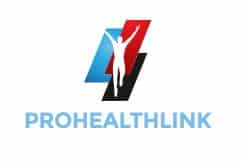Table of Contents
How To Reverse A Fatty Liver Naturally
What is a Fatty Liver
How To Reverse A Fatty Liver Naturally – Fatty liver disease is also known as hepatic steatosis and it is simply the build-up of fat in the liver.
It develops due to poor lifestyle habits that include consuming junk food and living a sedentary life. The disease results in diminished liver function which may cause complications including cancer.
The liver is one of the most vital organs in the body and it is the second largest organ in the human body. It is made up of cells known as hepatocytes, these cells form the functional unit of the liver. The liver metabolizes almost everything we ingest.
The drugs we take undergo a metabolism process known as first pass effect in the liver before being distributed to the rest of the body. It also secretes bile salts that are necessary for fat digestion. Other functions include alcohol and carbohydrate metabolism, detoxification and excretion.
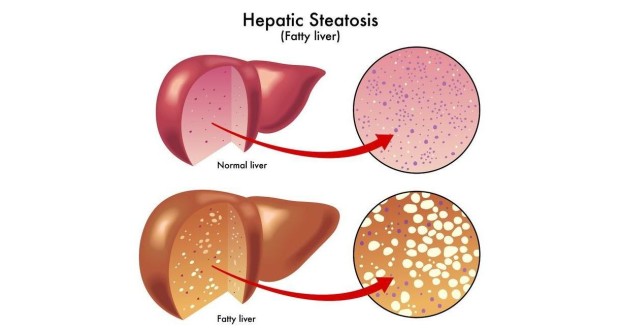
The liver is also capable of self-repair, it can regenerate its own cells making it the most remarkable organ in the human body.
However, if the liver continuously undergoes trauma and self-repair, scaring develops, this condition is referred to as cirrhosis. The scaring due to cirrhosis does not cause damage that interferes with the normal function of the liver unless it is repeated over and over again.
Apart from liver cirrhosis, the fatty liver disease is quite prevalent in many developed countries. The US is one of the most affected countries with 20% of the entire population being affected.
However, most of the known fatty liver disease cases are confined within the age group of 40 to 60 years. This is official data from reputable institutions like the American Liver Foundation.
If untreated, fatty liver disease can lead to untoward effects and results. Overweight and diabetic individuals should take the initiative and be screened for the disease. This will enable the physicians to undertake necessary measures during the early stages of the disease.
The Symptoms of a Fatty Liver
The disease presents itself stealthily with no true symptoms which can be mistaken for any other illness. For most patients, some fatigue coupled with slight abdominal discomfort is common. At this point, an examination may be necessary, the doctor will most likely notice that the liver is slightly enlarged.
In the advanced stages of fatty liver disease, inflammation occurs and presents with new and more intense symptoms. Most patients will experience and undergo weight loss, poor appetite, pain (abdominal), fatigue, confusion and physical weakness. This symptoms mean that immediate medical attention is necessary by all means.
If this symptoms are ignored, cirrhosis of the liver develops and liver failure is just around the corner.
At this point new symptoms develop:
Jaundice, the yellowing of skin and eyes.
An elevation of liver functional enzyme
Thinning of the blood
The abdomen fills with fluid and enlarges
If unattended liver failure slowly creeps in and death follows soon after unless a transplant is performed.

The causes of a Fatty Liver
One of the most common cause of fatty liver disease is heavy drinking.
Heavy drinkers put an extra load on the liver to metabolize the alcohol.
However, doctors and scientists lack answers as to why people who do not consume alcohol are also predisposed to fatty liver disease.
Fatty liver disease occurs mostly because the body is exposed to too much fat and the metabolism of these fats is slow.
Certain foods pre-dispose people to fatty liver disease, these foods have high fat and sugar concentration. Sodas, processed juices and fast foods are notable culprits.
The excess carbohydrates are converted to fat and accumulate in the liver Apart from alcoholism,
Other factors that predispose a person to fatty liver disease include:
Obesity, A Sudden and rapid weight loss, Diabetes, mellitus and genetics.
High fat levels in blood; hyperlipidemia
Medication;
steroids, aspirin
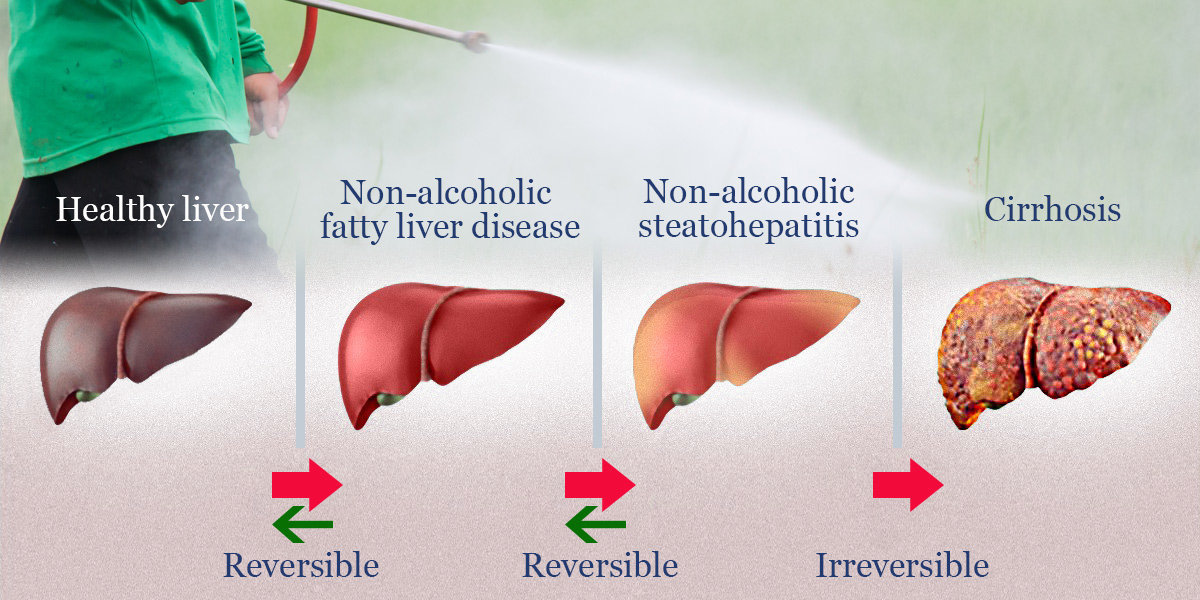
The types of fatty liver disease
There are only two main types of fatty liver disease, these are alcoholic and non-alcoholic,
The non-alcoholic type occurs in situations where the liver is unable to sufficiently break down fats.
As a result, the fats end up accumulating in tissues of the liver eating up the space where the hepatocytes are supposed to occupy. Eventually, this results in diminished liver function. Non- alcoholic fatty liver (NAFL) disease is diagnosed and confirmed in a situation where 10% of the liver is fatty tissue. The cause of NAFL is not associated with alcohol consumption.
Continuous intake of alcohol cause scaring on liver tissue and leads to diminished liver function. The liver is unable to metabolize and break down fats. As a result, the fats accumulate resulting in the alcoholic fatty liver disease (AFL). If the affected subject quits alcohol the liver rejuvenates within 6 weeks and the fat disappears. However, continuous alcohol consumption will result in liver cirrhosis and cancer. The best way to control AFL is complete alcohol abstinence.
The fat build up also results in a condition known as steatohepatitis. The condition can either be cause by alcohol or occur due to other factors. This condition generally leads to the swelling of the liver and the impairment of Inner function.
Symptoms associated with steatohepatitis include
Jaundice, A Diminished appetite, Nausea and vomiting, Pain in the abdomen.
Steatohepatitis should be immediately addressed because if is left to progress is causes more scaring and potential liver failure.
During pregnancy, acute fatty liver of pregnancy (AFLP) may develop it is rare and life threatening. The symptoms associated with this complex condition arise during the third trimester of pregnancy.
The most common symptoms include:
Nausea and vomiting
The upper right abdomen experiences pain
A Jaundice; yellow eyes and skin
Screen for the condition in all pregnant women is necessary in an aim to avert unwanted complications.
Nonetheless, most women get a full recovery after giving birth.
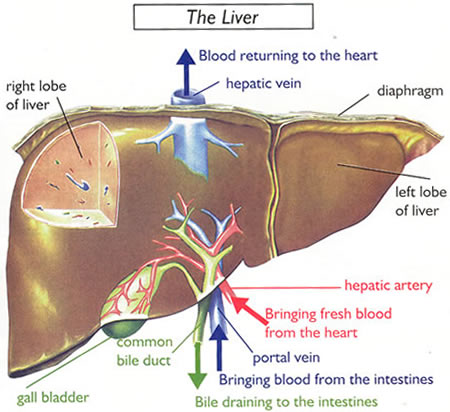 Who is at risk?
Who is at risk?
The disease is more common in people who are obese and overweight mostly because they do not work out Another group of people who are at risk are people affected by diabetes mellitus type 2.
Type 2 diabetes is characterized with insulin resistance. Other factors increasing the risk of getting fatty liver disease include:
Elevated cholesterol and triglyceride levels
Malnutrition
Metabolic syndrome
Diagnosis procedure
Starts with an extensive physical examination of the abdominal area. The physician will look out for an enlarged liver. Make sure to be open with your doctor and explain the symptoms clearly. If you have been taking alcohol and supplements, tell your doctor.
The doctor may prescribe a test for the liver functional tests to confirm if they are elevated, a blood glucose test is also undertaken. If inflammation is detected the doctor may have to confirm the reason for the inflammation.
Imaging is performed using ultrasound to check for fat in the liver. If fat is present it is seen as a white mass. Other imaging methods can also be employed including MRI and CT scans.
A biopsy may be necessary so that your physician can make a conclusive decision, the biopsy is carded out During the biopsy, anesthesia is administered so as to minimize the pain.
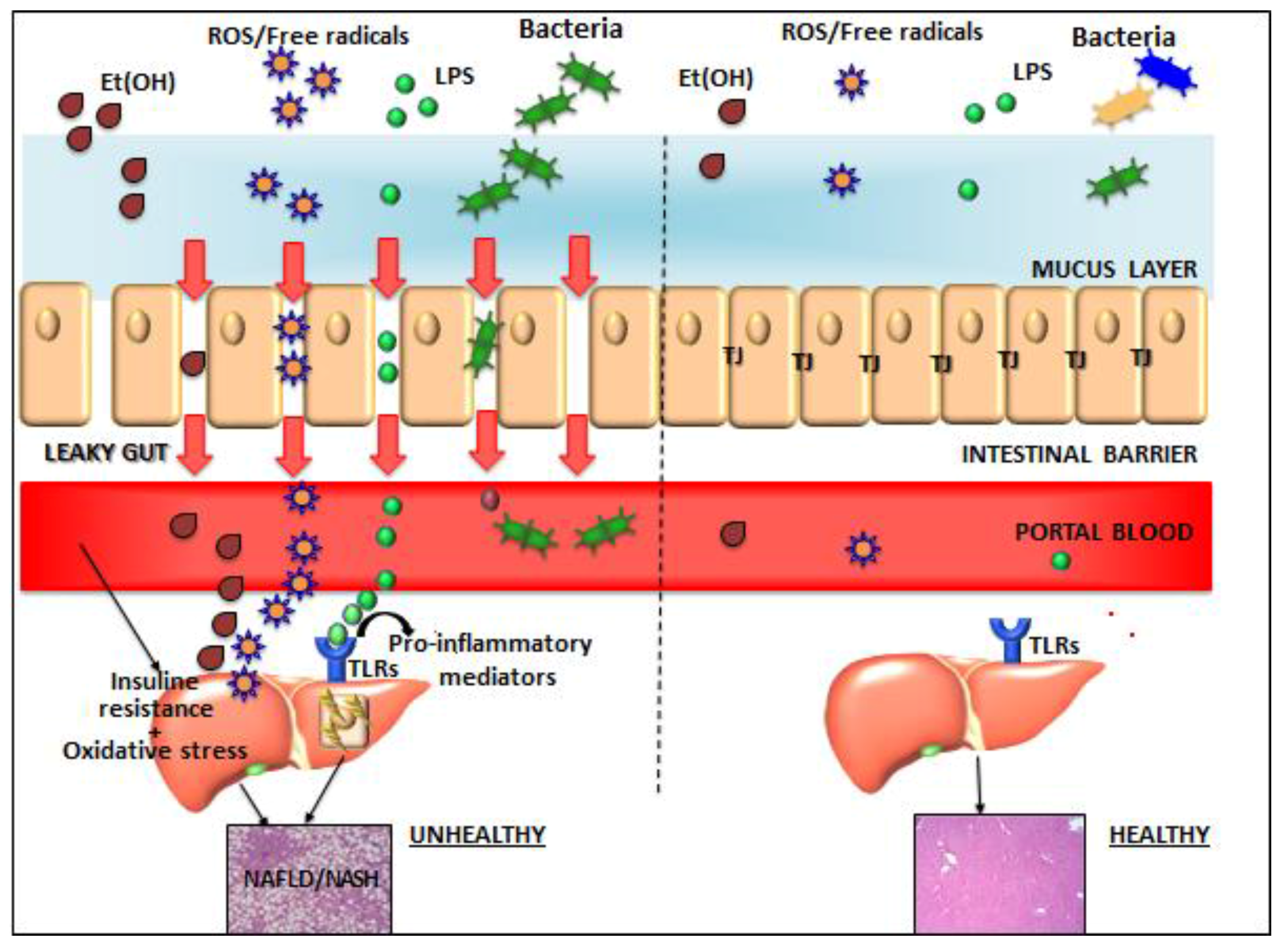
Treatment of Fatty Liver:
The treatment of fatty liver disease does not involve invasive procedures such as surgery. Treatment is more of offering sound advice on healthy living tips. The physician will most likely recommend a low fat and sugar diet. For an alcoholic, the doctor will encourage the patient to reduce alcohol intake. Exercising is also highly recommended for weight loss, especially in obese individuals. Diabetics are encouraged to keep their blood sugar in check at all times.
Diet change is also recommended, more greens and white meats should be consumed. If proper care is taken the liver has the remarkable ability to rejuvenate itself. If good lifestyle habits are applied in everyday living, the chance of having the disease clear are high.
Best exercise for fatty liver disease:
Doing exercises frequently decreases the risk of developing fatty liver disease by reducing the incidence of obesity. There is no defined cure for fatty liver disease and therefore good latest habits are necessary to ensure that our maintain our health.
Lifestyle habits are necessary to ensure that you maintain your health. Hitting the gym more often and even taking a morning run, increases the levels of the good cholesterol also known as the good’ high density lipoprotein (HDL). Not only do exercises help to contain fatty liver disease, they also keep other liver associated diseases away, such as diabetes mellitus type 2. Always consult with your physician and your dietician in an aim to come up with a viable regimen that suits you.
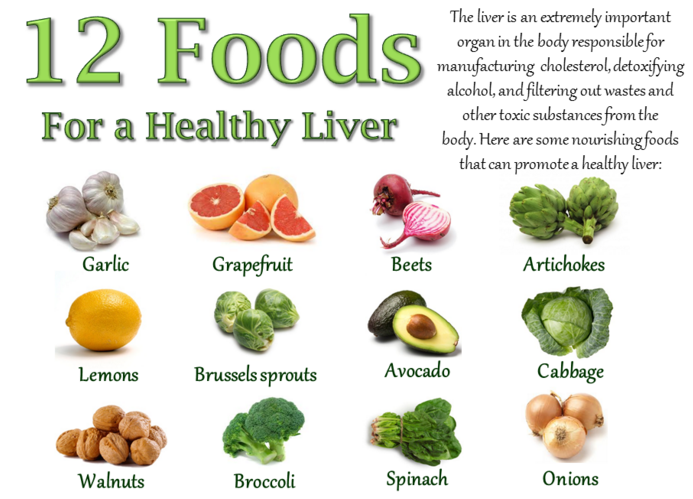
Apart from just doing exercises taking in the recommended amount of water daily presents with positive results. Our bodies are largely made out of water (70%) and therefore water is a major part of the body’s metabolism processes.
For optimum liver function, make sure to take in an adequate amount of water daily. Dehydration makes it harder for your liver to efficiently break down fat which ends up accumulating in your liver.
In some cases just taking in water and exercising may not be as helpful to everyone, our bodies are different. A diet change where by the consumption of fatty foods is reduced, also a lower calorie intake on a daily basis is checked and put under control.
Thiazolidinedione are drugs used to manage fatty liver disease or the underlying causes. On certain occasions, liver fatty disease is caused by the excessive intake of alcohol.
Over time, excessive alcohol intake damages the liver by decreasing it over all functionality. Most alcoholics are advised to cut on alcohol intake and try healthy living so as to promote liver healing.
The fat build up in the liver may be due to a number of factors that include medications, malnutrition, high concentrations of triglycerides and obesity. For effective treatment of fatty liver disease, a good diet must be combined with exercise for positive results. Make sure to consumer a well-balanced meal.
Risks that may result from the liver fatty disease may lead to inflammation that is localized. When this happens it is referred to as the non-alcoholic steatohepatitis, no alcohol is involved. In cases where the subject is an alcoholic, he/she develops alcoholic steatohepatitis. Both conditions are severe and can eventually pre-dispose the subject to both cirrhosis and liver cancer which may result in complete liver failure.
To manage fatty liver diseases there is no other choice but to lose excess body fat.
The triglyceride levels should also be monitored and if they are elevated they should be controlled. If you are a diabetic patient make sure to have it under control at all times. Regular body workouts help to burn the excess fat. However, new research indicates that resistant therapies can be effective.
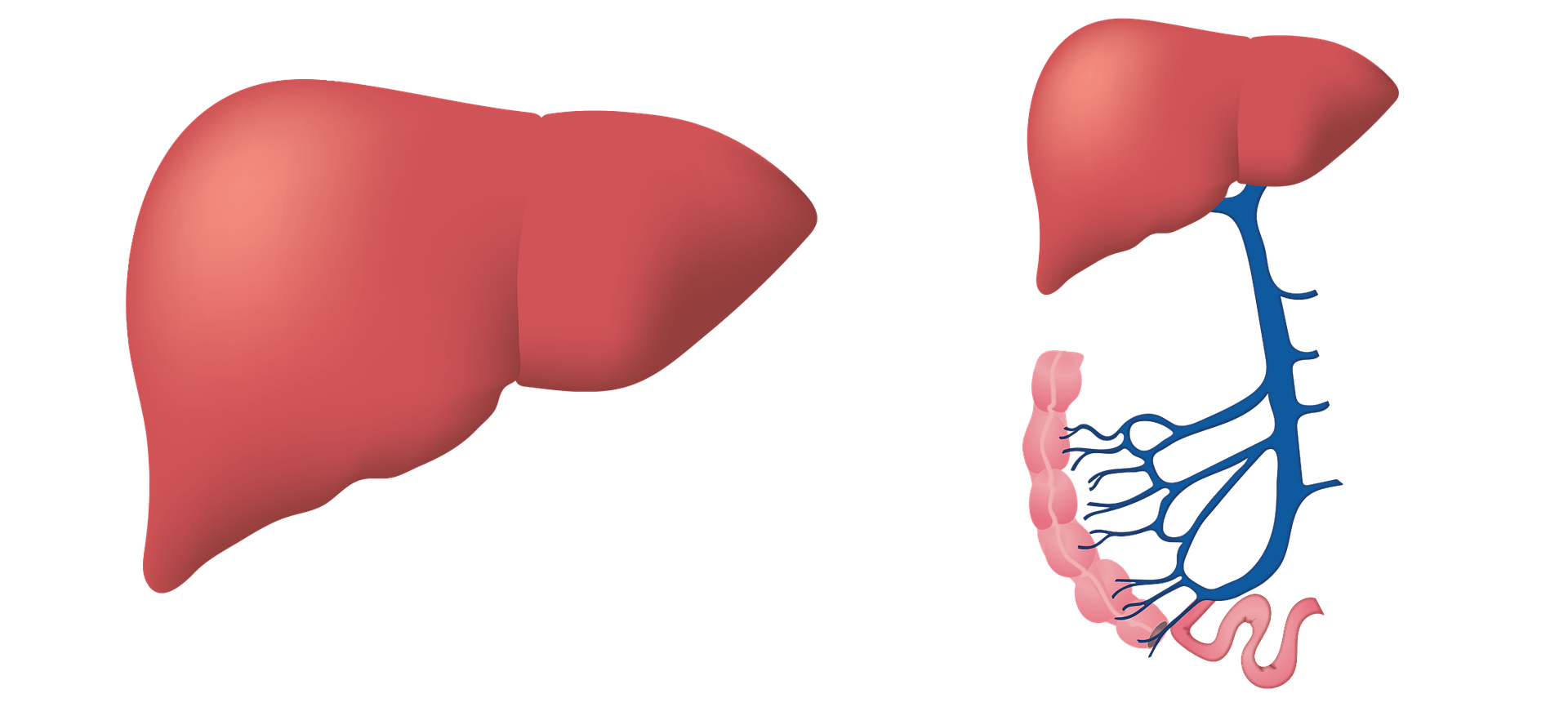
Resistant therapies will not result in much change in terms of weight loss but may be a great option. This is because not every other person may feel motivated to work out every now and then. For most people with busy schedules, setting time aside for exercise may prove to be difficult.
If you are determined to keep fatty liver disease and other lifestyle diseases at bay,
Here are a few exercises to try out:
Jogging is a great way to improve your body’s endurance and it pushes your body to its limits. At first it may be hard and the muscles in your feet may feel sore, overtime you will get better at it. This is a great way to exercise and ensures that your body fat levels are low.
Aerobics are also a great way to quickly burn the body fat in your body, the vigorous and fast dancing that is choreographed will have you panting in minutes. Sign up at your local gym and try it out. You can also do aerobics at home but you have to be disciplined.
Other ways to reduce body fat include walking more. If your office is just a few kilometres away, leave early and briskly walk to your office. Using your car for every little errand will pre-dispose your body to obesity, diabetes and fatty liver disease.
Take the staircase whenever possible, lifts/elevators just make us lazy. Unless your office is in the 22nd floor, opt for the staircase it will help you burn those calories. Nonetheless, keep in mind that exercising must go hand in hand with healthy eating habits. You can put in effort to exercise and during lunch break you eat a large fatty burger. The holy books indicate that faith without action is practically dead. Take charge of your body and make sure it is in top shape.

Fatty Liver Disease Reversal
Fatty liver disease can either be alcohol induced on just the non-alcoholic type. In the US a third of all grownups are affected in one way or another by fatty liver disease. The main contributors towards this worrying trend are poor eating and lifestyle habits.
Excessive alcohol consumption coupled with a fatty fast food meal increases the risk of being affected by the disease. Obese individuals who prefer living an inactive life are also at great risk.
Fatty liver disease interferes with normal liver function. The liver plays an important role in detoxification of your body and fat accumulation hampers the detoxification process via the metabolism of various toxins including drugs.
Because there is no specific treatment or drug, the best way to manage fatty liver disease is to opt for a healthier diet.
The perfect diet for a fatty liver consists of the following:
A decreased intake of processed sugars found in drinks such as sodas
Low fat intake, reduce the intake of fatty fast foods
Include a high fibre meal, whole grain rice and bread are great options
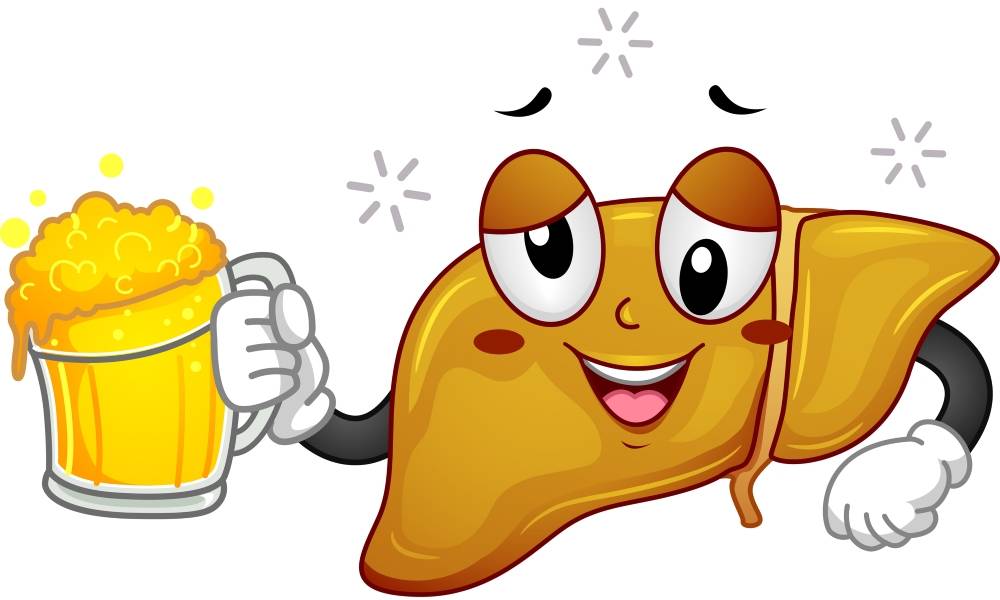
Get rid of alcohol
If you are obese aim to lose at least ten percent of all your body weight. To be more effective aim to only consume food that is low on fat and manage your calorie intake.
This will eventually bare fruits, and weight loss will be much easier Here is a list of amazing foods you could opt for.
Eat Greens
Eat more greens, they are full of vitamins and there will prevent the build-up of fat in the body and the liver. Try eating more broccoli, spinach, kales and Brussels sprouts.
If you are not a fan of greens, try out a number of recipes online that will help you craft healthy but tasty meals that cut on excessive calorie intake.
Drink Coffee
A Coffee is great at decreasing the activity of enzymes that are considered to be abnormal in the liver. Studies that have been carried out recently indicate the persons with fatty liver disease who take in large volumes of coffee are at a lower risk.
Tofu
Tofu is a great source for proteins. Researchers from the US found out that tofu rich diets given to rats prevented the accumulation of fat in the liver while at the same time providing the person with a nutritious alternative.
Omega 3 Oils
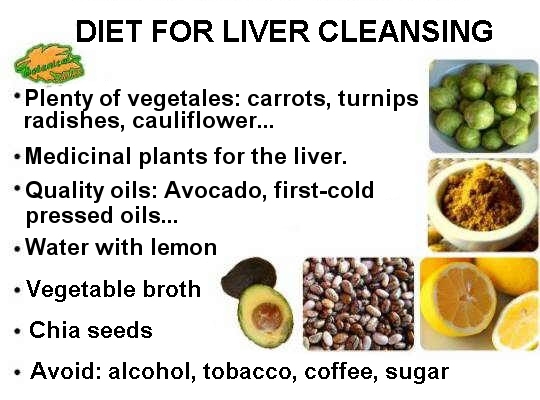
Fish is rich in omega 3 oils that are beneficial to the liver. These oils are important in decreasing the fat that accumulates in the liver while at the same time decreases inflammation. There are a variety of fish to choose from, the best being salmon, sardines and tuna. Try awesome recipes that guide you on making low fat meals that are delicious.
Oatmeal
Oatmeal is rich in fiber and carbohydrates that are necessary for energy. The fiber fills you up and this results in less eating intervals. Having a bowl in the morning after exercise will help you keep your weight in check.
Nuts
Eat nuts as snacks, they are rich in omega 3 fatty acids. Consuming nuts eventually results in better liver function. Try walnuts they have a high concentration of these fatty acids.
Avocados
Avocados are versatile, healthy, and rich in fiber and they aid in slowing down liver damage. Fibre, just like in oat meal, fills you up making it a great option for weight control. Prepare your avocado the way you like it, have it in salads,on toast or eat it whole.
Dairy
Consume healthy dairy products because they are rich in proteins. Studies have also indicated that dairy products have protective properties on the liver by preventing further damage.
Sun Flower Seeds
Sun flower seeds have properties that protect the liver from damage hence great option for people suffering from liver fatty disease. The seeds are great antioxidants and have a lot of vitamin E
Olive Oil
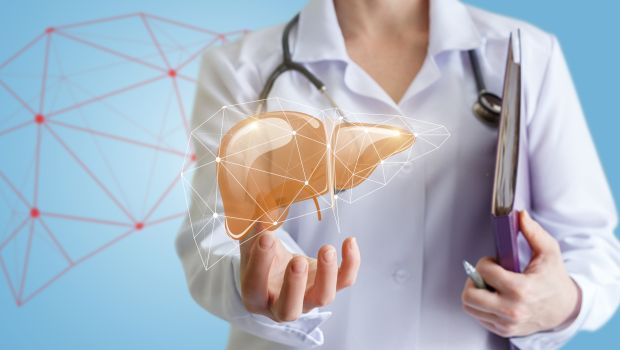
Olive oil is great for cooking in comparison to butter or other cooking oils. Rich in omega 3 oils, olive oil is the best option for weight control and over all liver protection. It also decreases the activity of liver enzymes. Look out for awesome option you can try out using olive oil.
Garlic
Garlic is a good choice if you want to better manage your body weight. Garlic is also great when cooking, it adds flavor and aroma to food. Studies are still underway and they show that garlic is great for people who suffer from fatty liver disease.
Green Tea
Green tea is packed with antioxidants and other awesome nutrients. Current inconclusive studies indicate that green tea is capable of interfering with fat absorption. If this is true, it will be great option for managing liver fatty disease and over all body weight.
It would be useless to take in healthy foods while at the same time compromising through the day to eat poorly. Here are several foods that you should stay away from for a healthier liver,
Cut down on alcohol intake, if possible stop consuming alcohol. This is because alcohol is a great contributor to liver fatty disease, cirrhosis, liver cancer and eventually complete liver damage.
Avoid Sugar
Avoid taking in processed sugars in candy, sodas, ice-cream and tea. For a healthier option, opt for honey to sweeten your beverages. The reason behind this is because the excess sugar in your body is converted to fat that builds up in the body and the liver.
Avoid Fried Foods
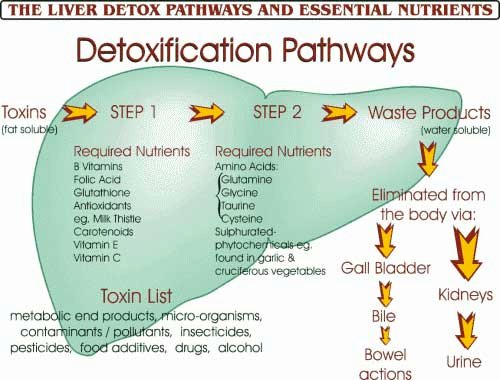
Fried foods are delicious but a sacrifices must be made. These foods are high in fat content and calories that may lead to fat accumulation in the liver.
Avoid Salt
Too much salt intake makes your body retain excess water, minimize the amount of salt you take daily.
Baked Products
Avoid baked products that are made out of processed flour. This kind of flour has less fiber and more carbohydrates that may precipitate fat deposition in the liver. Also reduce the consumption of white rice and pasta.
Red Meat
Avoid red meats whenever it is possible, opt for white meats such as fish and chicken. This is because red meat has a more saturated fat.
Beyond just consuming healthy foods, remember to incorporate other healthy habits such as exercising more.
Designate at least 40 minutes of vigorous aerobic exercises. Watch out on the amount of sugar and saturated fat that you take in if you are diabetic make sure to consult with your physician to ensure that your body is always in good shape.
There are new drugs that may help individuals to manage and control weight however some are still under tests. All it takes to lose weight and regain your health back is determination and hard work. Also make sure to have tests taken for hepatitis A and B, hepatitis can aggravate liver damage in people suffering from liver fatty disease.
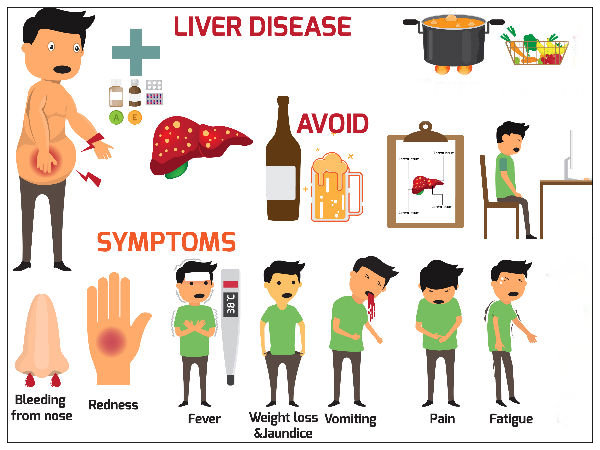
Facts About How To Reverse A Fatty Liver Naturally:
In the US quite a large number of adults, up to 40% are affected by the fatty liver disease. The disease has no visible signs and his makes it harder to notice until symptoms start adults, up to 40% are affected by fatty liver disease. The disease has no visible signs and his makes it harder to notice until symptoms start developing.
In cases where the individuals are obese, not only are they at risk of the fatty liver disease but also heart disease, diabetes, cancer and cirrhosis of the liver. To effectively manage the disease, most people need to be educated on smart lifestyle tips that will enable them to live healthier lives.
The term non-alcoholic liver disease is used to refer to several stages of the disease. In many patients, a simpler form of the disease exits and this means that less than 5% of the liver tissue consists of fats. Mostly in the full blown form of the disease, the fatty tissue consists of up to 10%. Heavy alcohol intake results in what is known as the alcoholic liver disease.
Due to poor fat metabolism the fat accumulates in other parts of the body resulting in obesity. This phenomena is attributed to poor dieting and a sedentary life style. Genetic factors play a big role in the development of fatty liver disease. Individuals who possess the PNPLA3 gene are more predisposed to the disease and are at a higher risk of developing the disease when they are obese.
People who lack the gene and are obese have a lower chance of getting the disease. However this is not a justification for living recklessly. For people who have fatty liver disease, scarring is not as much and the inflammation is minimal. This means that the incidence of liver damage and cirrhosis is very minimal. However, the condition has its own down side in that it interferes with insulin sensitivity. This predisposes the patient to diabetes and cardiovascular disease.
Once the non-alcoholic fatty liver disease advances, it is results in steatohepatitis which affects a smaller percentage of people at only 3% of all adults in the US. Steatohepatitis is characterized with excessive scaring and liver injury, inflammation is also present. At this point the liver cells are slowly dying away and jaundice develops. Liver cancer may set in if not managed.
Steatohepatitis is mysterious in its own capacity because some patients who suffer from simple fatty liver disease do not develop the condition. However, research indicates that people who suffer from hypertension, high cholesterol levels and diabetes mellitus are at a high risk of developing steatohepatitis.

Fatty liver disease presents with no symptoms most of the times and is only discovered and diagnosed during tests and other surgical procedures. One of the main markers of potential liver disease are the elevated liver enzymes. Despite the increasing risk of liver fatty disease among people in their 40s, there are no guidelines for routine checks.
There is a large gap between how the disease is diagnosed and how counseling is being offered to the patient. Hopefully, in future, revision of how this disease is managed is required. There are no specific drugs to manage the disease and therefore a different treatment approach is required to keep the disease under control. The main challenge here is to keep the patient in check.
Once the patient leaves the health facility, he/she is left on their own to manage the disease. In such situations the patient only visits the hospital for check-up.
For effective management, widespread campaigns about the effects of fatty liver disease are essential. People need to be educated on the basics of this potential killer disease.
The sad part is that most people consume junk food because it is readily available and it is always ready to eat. Buying food stuffs from the grocery store may prove to be hard especially if you have a very busy schedule.
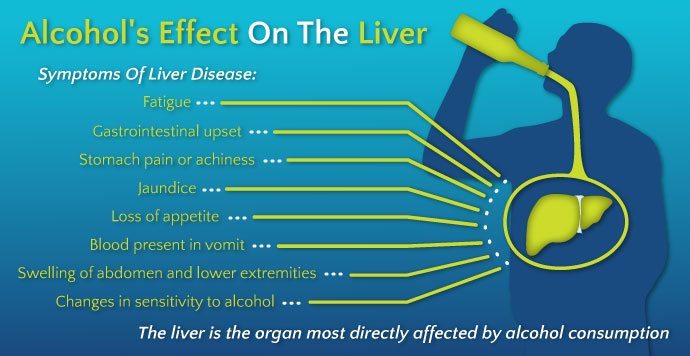 To solve the challenges in treating and managing fatty liver disease, technology can be adopted in an aim to link the patient and the physician. Such technology will help the doctor keep a close eye on the patient and get first-hand information. The patient will not have to keep coming to the hospital only when the symptoms have become more intense. The patient can tell the doctor what he/she feels and what he/she thinks the doctor should do.
To solve the challenges in treating and managing fatty liver disease, technology can be adopted in an aim to link the patient and the physician. Such technology will help the doctor keep a close eye on the patient and get first-hand information. The patient will not have to keep coming to the hospital only when the symptoms have become more intense. The patient can tell the doctor what he/she feels and what he/she thinks the doctor should do.
Apart from just having the patient interact with the doctor, extensive counseling is necessary so as to enable the patient understand why he/she has the disease and how he/she acquired it Counseling will also help the patient change any negative attitudes towards healthy living.
A dietician should also be included to provide the patient with necessary facts on healthy foods. It is also the dietician’s responsibility to advice the patient on what a balanced diet consists of.
The patient should be accorded all the help he/she needs to get back on track. The medics involved should also uphold the ethical principles that govern their practice. On the other hand the patient should have a positive attitude and he/she should be ready to do as advised.
In conclusion, more research is required to better understand how the disease progress. Without any doubt, fatty liver disease is a slower killer that creeps in and you will not realize until you start experiencing the fatigue, sickness and abdominal discomfort.
The best thing to do is to keep track of your diet by minimizing the intake of fatty and sugary foods. Regular check-ups may be necessary especially if you are in the 40 year bracket. Knowing your family history could be helpful, find out if any of your family members ever suffered the disease. If the gene exist in your family, make sure you keep off bad lifestyle habits.
For your convenience I have listed some products below that can assist you in detoxing your liver, decreasing elevated liver enzymes and improving overall quality of life weather or not you have liver issues or are perfectly healthy.
Webber Naturals Apple Cider Vinegar Capsules, 500 mg, 240 Count
Webber Naturals apple cider vinegar capsule has been used in homes for centuries in cooking and preserving
It is a source of potassium and boron for the maintenance of good health
Used for a variety of health conditions including weight loss, digestive difficulties, joint pain, infections, and as a blood thinner
Price: $10.49
